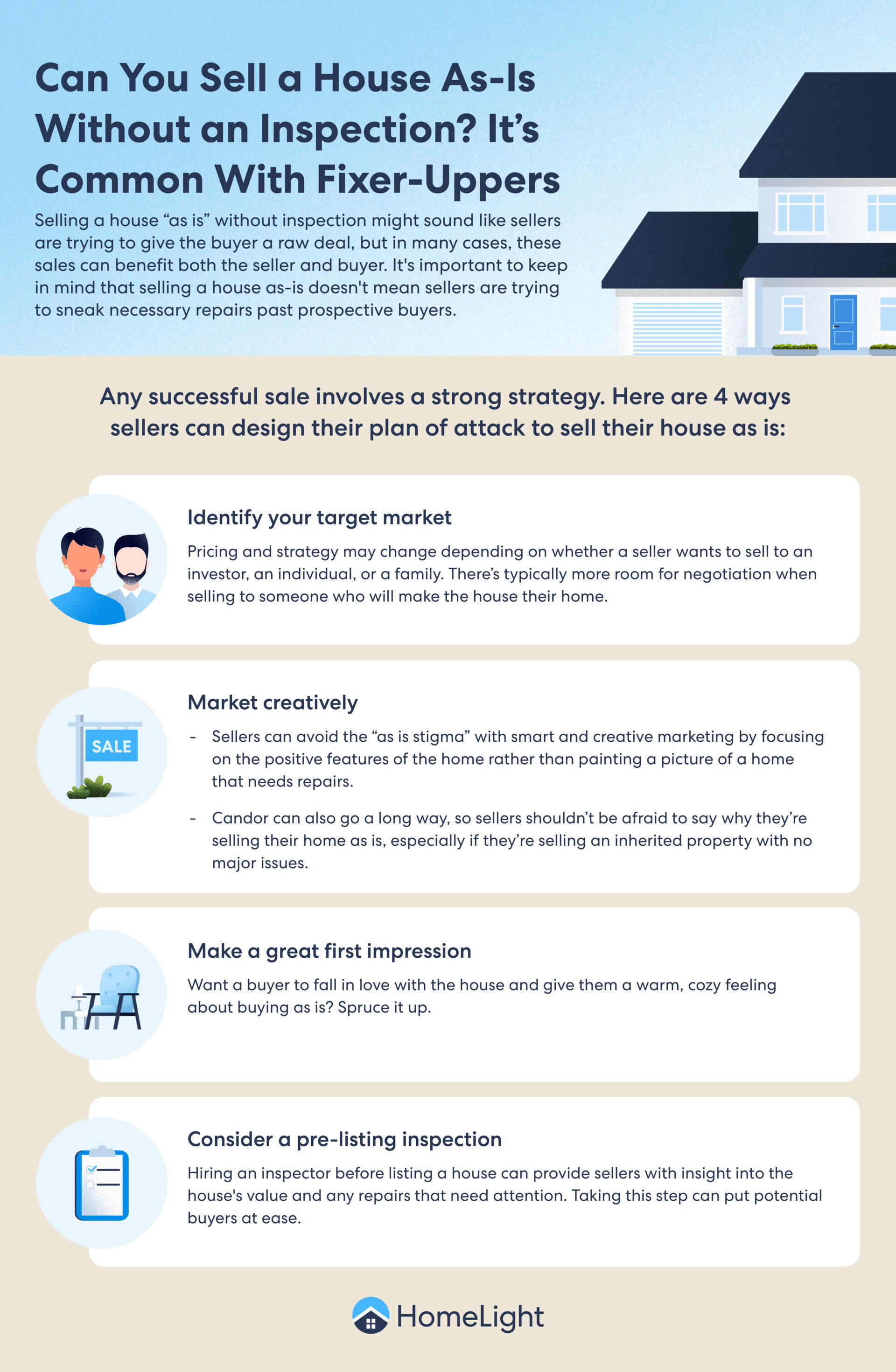

Investors make money on property through a variety of strategies. One of those strategies is flipping. An investor buys a piece of property, rehabs it, and turns around and sells it. Flipping is a fast-paced business not for the faint of heart. And when hard money is used to obtain properties, speed tends to increase.
Not all hard money lenders will fund property flipping investments. On the other hand, some focus their businesses exclusively on flippers. It is really an individual preference. One way or the other, the key to making money as a property flipper is speed.
Obtaining Funding
Unless a property flipper has substantial amounts of cash sitting around, funding is necessary to acquire new properties. Investors can obtain funding from banks, credit unions, and hard money lenders. Before explaining why hard money lenders are a preferred choice, you might want to know that flippers tend to look for distressed properties first.
A distressed property is one that either needs substantial repair, is in the midst of foreclosure, or both. Investors prefer distressed properties because they can get them at discounted prices. But here’s the thing: distressed properties don’t last long. If one investor has his eye on a particular property, there is a good chance several others do as well.
It is not unusual for the eventual buyer to be the investor who arranges his financing the quickest. That is where hard money comes in. According to Actium Partners out of Salt Lake City, UT, hard money loans can generally be funded in a matter of days. Banks and credit unions do not work that quickly. Hard money gives investors a clear advantage when arranging financing is the one thing that seals the deal.
Selling the Property
Speed is also of the essence when it comes to selling a flipped property. Bear in mind that an investor spends money to obtain a property and rehab it. Until that property is sold, all his money is tied up in it. That represents money that cannot be invested elsewhere. Selling as quickly as possible frees up that money, and any equity now built in to the property.
Another thing to consider is real estate volatility. Because property prices tend to fluctuate, real estate flippers do not want to hold on to their assets for too long. Ideally, getting a property back on the market within 3 to 6 months is the way to go. If it takes 12 months, as is sometimes the case with commercial properties, things are still doable. Going beyond 12 months is unthinkable to most flippers.
There is one exception to this rule: an unusually hot property market. There may be cases when flippers acquire properties just as market momentum is picking up. If all signs point to significant growth over the next 6 to 12 months, an investor may be tempted to hold on to a rehabbed property a little bit longer, in exchange for a higher return.
Slow Doesn’t Cut It
The bottom line of property flipping is that you have to be fast. Working slowly doesn’t cut it in what is a highly competitive industry. Investors have to jump on distressed properties quickly. They have to get them renovated and back on the market as soon as they can. Otherwise, the risk of losing big is too big.
The need for speed is often why property flippers turn to hard money lenders. It is also why they avoid properties that need extensive structural and mechanical repairs. They want properties they can buy quickly, rehab quickly, and get back on the market.















